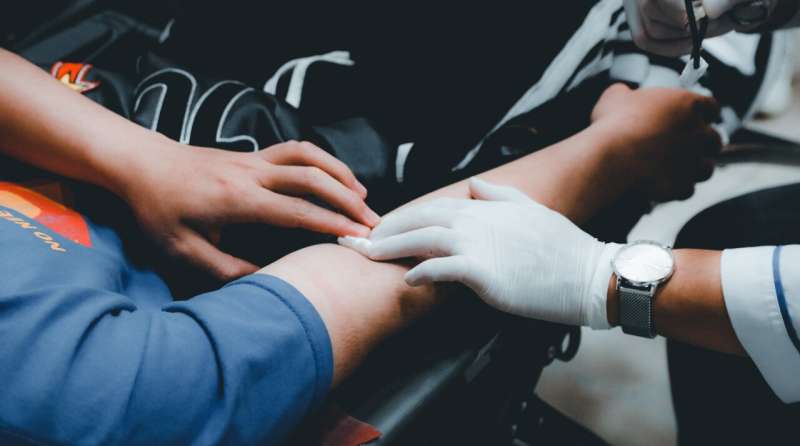Nonfungible tokens as a solution for the secondary use of biospecimens

Recent research published in JMIR Bioinformatics and Biotechnology discusses how current practices of de-identifying human samples for research is reminiscent of the treatment of Henrietta Lacks's tissue in 1951. It highlight how current standards continue to release researchers and health systems from obligations to promote respect, beneficence, and justice for patients.
This historical case illuminates ethical challenges for the secondary use of biospecimens, which persist in contemporary learning health systems. De-identification and broad consent seek to maximize the benefits of learning from care by minimizing burdens on patients and researchers, but the authors demonstrate how these strategies are insufficient for privacy, transparency, engagement, and justice.
The resulting supply chain for human cellular and tissue–based products may therefore recapitulate the harms experienced by the Lacks family for all patients, past and present.
According to convention in the then-segregated 1951 Johns Hopkins Hospital, tissue obtained during Henrietta Lacks's cancer treatment was deidentified using the first 2 letters of her first and last names, permitting research on her tissue without her explicit knowledge or consent.
This workaround transformed Henrietta Lacks's cervical cancer into death-defying "HeLa cells."
Though the world's technical standards for deidentification have evolved, the spirit of deidentification that disconnected Ms. Lacks, a poor Black mother of 5, from her legacy remains immortalized in US law and is widely exploited by today's research enterprise.
Dr. Marielle Gross of the University of Pittsburgh and Johns Hopkins says that "deidentifying biospecimens 'checks the box' of protecting privacy while permitting unrestricted secondary use of clinical data."
The JMIR Bioinformatics and Biotechnology authors introduce the potential for blockchain technology to build unprecedented transparency, engagement, and accountability into learning health system architecture without requiring de-identification. In particular, NFTs have the potential to embed the primacy of duty to patients into our human tissue research supply chains by maintaining continuity of care for individuals, promoting learning and enabling efficient translation without compromising privacy.
Dr. Gross and coauthors concluded that continued reliance on deidentification and broad consent for the "secondary use" of biospecimens may create platforms for learning that recapitulate historically exploitative practices of integrating research and patient care.
By contrast, "HeLa cells are the original 'use case' for NFTs, as they demonstrate the imperative of maintaining the provenance of nonfungible human-derived assets and the fiduciary duties to respective patients."
Blockchain technology has the potential to build unprecedented transparency, engagement, and accountability into learning health system architecture.
Representing biospecimens with NFTs may maximize efficiency, effectiveness, and justice in the future of learning health systems, and demands further exploration.
More information: Marielle S Gross et al, Nonfungible Tokens as a Blockchain Solution to Ethical Challenges for the Secondary Use of Biospecimens: Viewpoint, JMIR Bioinformatics and Biotechnology (2021). DOI: 10.2196/29905




















